This interview is part of our interview series, where we curate stories of regular people that decided to design a life they love. (click here to learn more).
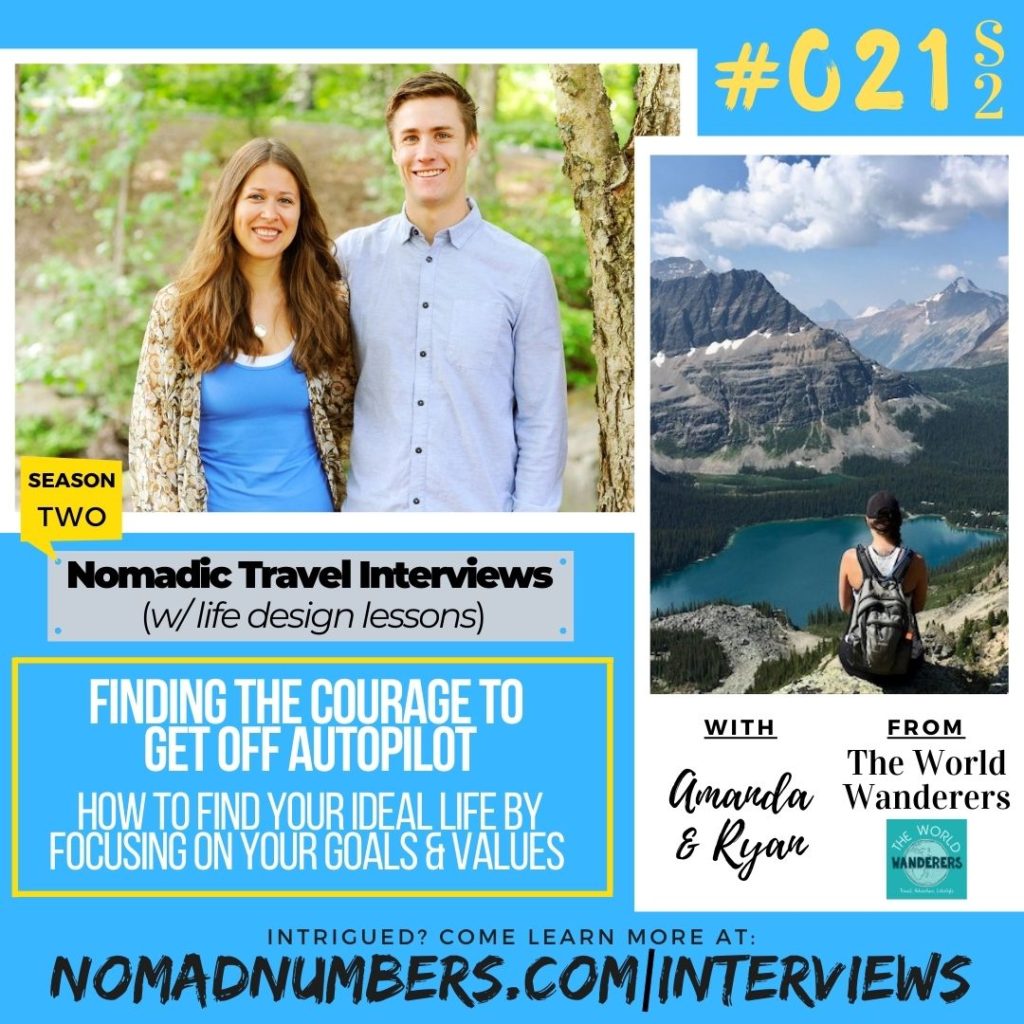
Amanda & Ryan from The World Wanderers
Some links to the products mentioned below are affiliate links, meaning that if you click and make a purchase, we (Nomad Numbers) may receive a commission at no additional cost to you. For more information please review our disclaimer page.
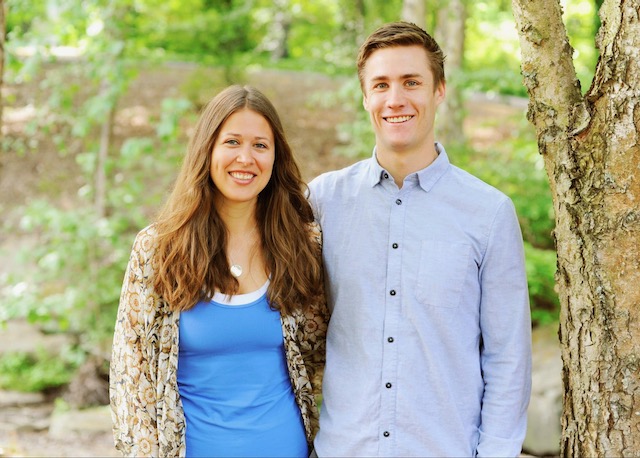
- Can you introduce yourself?
Amanda Kingsmith: I am a 32 year old woman from Alberta, Canada. I was born in Calgary, Alberta and have called Canmore, AB home for the last 6 years. Ryan and I have been traveling together since 2011, and have been working and traveling since 2015. We spend most of the year outside of Canada now, and Mexico is our home away from home. My background is in business, my favorite “sport” is yoga, and my favorite food is guacamole!
Ryan Ferguson: I’m 31 and also Canadian! I grew up in British Columbia and call Canmore, Alberta home, though as nomads we don’t keep a place there while we are away. Amanda covered our background, but I’ll add that it was a 6-month trip backpacking South America in 2014 that convinced us we needed to find a way to travel full time and inspired us to become nomads.
Life design journey
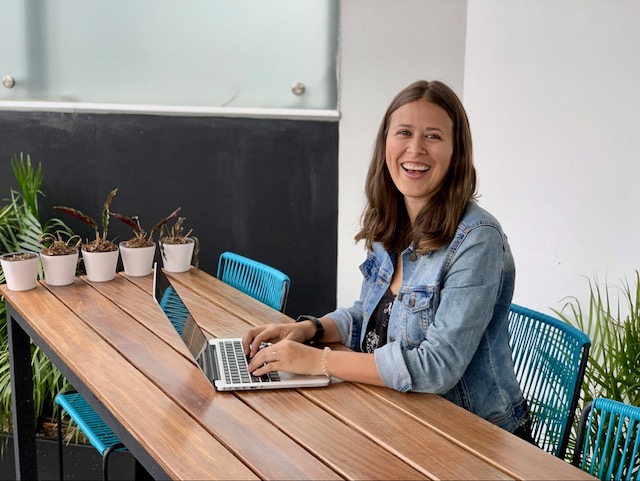
2 – What does a typical day in your life look like for you today? How does it differ from your life before?
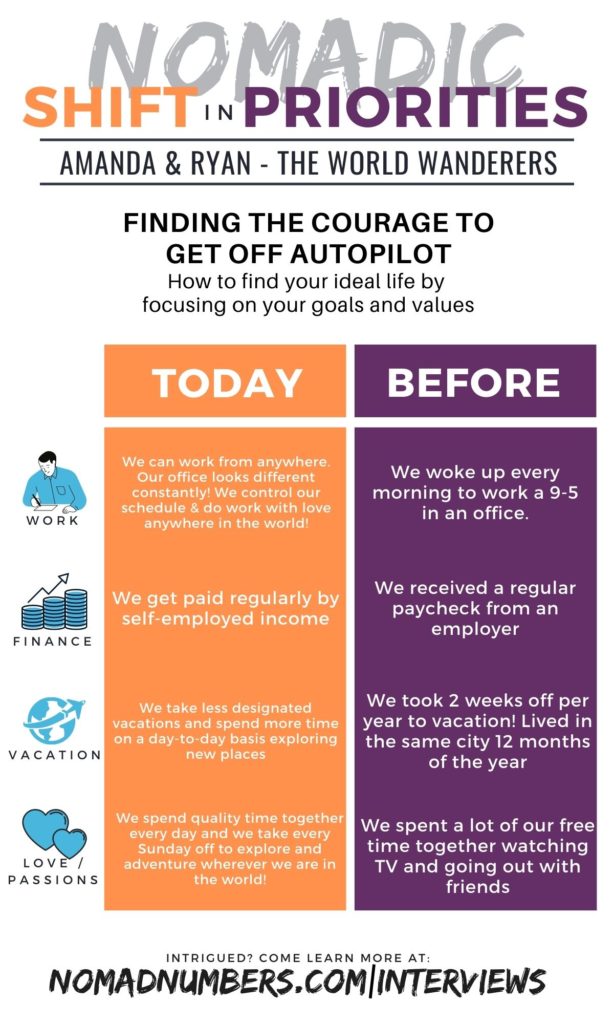
3 – What inflection point led you to decide to change your life trajectory?
In 2014, we traveled through South America for 6 months and as our time came to an end there, we decided that we needed to figure out how we could travel indefinitely. We started The World Wanderers within a month of return to Canada, and a year later we started our nomad journey. The rest is history!
4 – What were some of the limiting beliefs that hold you back initially?
There were so many! What are my family and friends going to think? Can I actually do this? How will I make money working for myself? Who am I to start a podcast? Am I going to regret choosing this path?
5 – What did you do to prepare for the transition to this new destination and how did you do it?
When we returned from South America in the middle of 2014, we moved from the city to a small mountain town where there were a lot of other people who were going through life transitions and working on f. This was one of the best things that we did to help us build confidence in the new life path we were taking! This small mountain town (called Canmore), is just outside of Banff National Park, which is a super famous national park for travelers and people from around the world! When we moved there, we discovered that so many other people were there on working holiday visas or doing a ski season in Canada, and a lot of them were going through big life transitions too
We also had jobs in retail and food service that allowed us to pay the bills but gave us time and energy to start working on projects we were excited about. We started The World Wanderers, Amanda took her yoga teacher training, and Ryan started studying economics and philosophy. This period of life was really important to help us make the jump to digital nomad life.
6 – Once on the journey, what were some of the biggest wins you realized? What were the challenges you had to face along the way?
In the fall of 2016, we took a one-way flight to Singapore to start our journey as digital nomads. It was amazing to be able to be traveling in Asia while working and making money. The biggest challenges we had to face were balancing work and travel! We had only ever traveled as backpackers so it was new to us to have obligations while traveling and it took us a while to figure out the type of spaces we needed to get work done, how long we liked to stay in each place, the schedule that worked best for us, and how to best balance our work life with our travel life.
Since we were staying in Airbnb’s instead of hostels, we had to figure out how to meet people! There is also a lot more research that you have to do about what to do in a city, what tours to take (if any) and where to eat. We hadn’t realized how much of that was built into our experience through hostels until we switched to staying exclusively in AirBnb’s.
One thing that is really nice about digital nomad life vs. backpacker life is that you are making money so you are on less of a budget! We eat a lot better than we did as backpackers, and I don’t think there’s any going back to that!
7 – How long did/will it take to reach the destination? Any advice to make the journey as enjoyable as possible?
Everyone’s journey is going to be different, and your journey to becoming a digital nomad is going to be really dependent on your financial situation. Don’t rush the process, and just enjoy the ride!
8 – What did the people around you (friends/family/colleagues…) think of your plan to take on this new life?
Our family and friends thought we were a bit crazy when we decided to return to Canada from South America and not get full-time corporate jobs. It’s taken a lot of open conversations, but everyone is very supportive of us now!
Anytime you are doing something that is different than the norm, people are going to be confused and curious and probably ask a lot of questions. Do your best to explain to them why you are passionate about what you’re doing and if they truly care about you, they will support you.
Cost of living
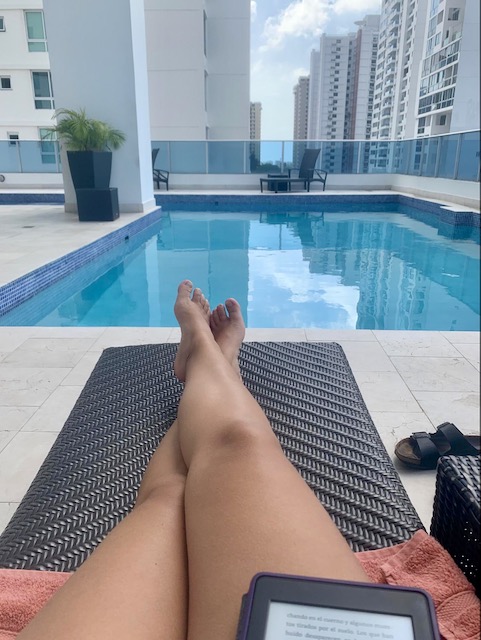
9 – How much yearly expense did you have before and after this change in lifestyle?
Straight up – we are terrible at budgeting! When we live in Canada, our rent is normally between $1500-$1800 per month and our food and eating out is around $1000/month. When we live in places like Asia or Mexico, we are able to live in nice apartments for around $1000/month (sometimes less, depending on the place) and our food is easily cut in half. On top of that, we don’t have expenses like gas for our car, and going out for food and drinks with friends is much more affordable. When we are in Canada, we still like to take trips and explore and that is quite a bit more expensive than it is in many parts of the world where our dollar goes further.
10 – What strategies have you used to reduce your expenses? And what strategies have you used to fund your lifestyle?
I think that starting out a journey as a nomad is similar to a startup, so it’s helpful to think about extending your runway as long as possible (going somewhere you can afford to be for a while) so you can focus on long-term projects, as well as working on stuff to make money as soon as possible
For reducing expenses I think the most important thing is deciding where you want to go. For us, as we’ve built up our careers, we’ve prioritized being places (like Mexico) where we can live well without needing to make as much money as we did in Canada. Beyond that, we try to stay really flexible with our flights and accommodation. So for example, if we’re thinking we want to spend 6 months in Mexico, we’ll look at different cities, compare prices, look at flight prices from Canada to those different cities, and design our trip around when the high season would be to pay lower prices (ie. travel in shoulder season). With Airbnb increasing their fees so dramatically, we’ve recently been trying to book shorter stays on Airbnb and then find in-person deals once we arrive. Finally committing to cooking at home a certain amount of time a week helps with lowering our food budget.
As for strategies for funding your lifestyle, we both work on a handful of different income-generating projects, from our podcast to courses, to freelance work. I think that not just relying on one job or one thing to bring in revenue reduces stress and keeps our day-to-day work lives engaging.
Lessons, tips & advices
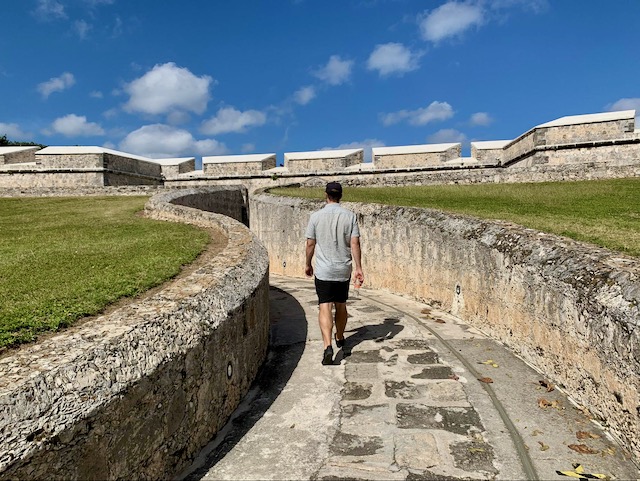
11 – If you had to do it again, what would you do differently?
There honestly isn’t a whole lot we would change. I think the only thing would be to have more faith in ourselves and our ideas and dive fully into some of the entrepreneurial ideas we’ve had that we only tested the waters on in the moment. Moving fast into our projects and giving them 100% instead of 50% of our effort I think could have produced some bigger results.
12 – What advice do you have for others who are considering going through a life design exercise?
Most people, for most of their lives, are doing what they think they ought to do. We kind of live on this treadmill for most of our lives and to start designing a better life for ourselves we first have to find the courage to step off the treadmill. For us it was quitting our careers and saying F*** it, we’re going to travel for 6 months and figure out what comes next. We didn’t know what we’d do after we spent our savings, we just knew we weren’t happy and wanted to do something that made us feel alive. Looking back now I think it would have been smart to have a budget or start a blog or learn a skill I could freelance with, but if I’d focused on making sure everything was perfect before making the jump, we probably would never have left. Anyone who is here reading this is already ahead of the game and if you’re thinking about designing your life, you probably have some gut feeling for what you want to do. So my advice is to go for it! If it’s travel if it’s quitting your job to write a book, or moving to a new city. Taking the first step is the hardest, and once you start living a life directed by your own goals and values a lot of the other stuff will fall into place.
13 – What is one resource (blog, podcast, book beside your own) you recommend for those that want to design their own life?
I figure most people will have read The Four Hour Work Week by Tim Ferris or Designing Your Life by Bill Burnett, so for something a little less well known I’d say The Six Pillars of Self Esteem, by Nathaniel Branden. Living a self-directed life requires self-esteem and the confidence to assertively live your life, Six Pillars had a big impact on both of us.
Looking ahead
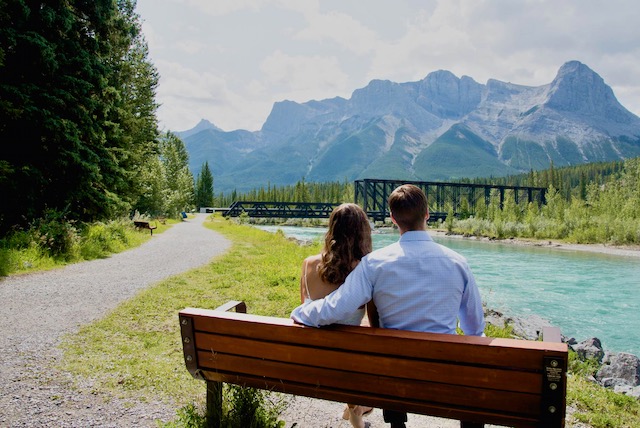
14 – What is next for you?
Normally we’d have a bit more planned, but for right now it’s adventures in Mexico until it’s a bit easier to travel internationally.
Thank you so much Amanda and Ryan for sharing your transformational life design journey with us. It is quite inspiring to see that you realized very early that you weren’t happy with the traditional As for now, we wish you plenty of success with your businesses and travel and hope our paths will cross in the future!
Rapid-fire questions
We like ending every interview by asking some fun rapid-fire questions to our guests
| What is your superpower & why? | Ryan: I think I’m better than most at learning on the fly and understanding how things work. It helps a lot with getting thrown into weird situations traveling! Amanda: Connecting with people and making friends with anyone! |
| What is your favorite travel destination & why? | Mexico! It is such an amazing country, full of so many diverse locations, people, and cultures. The food is incredible, it is close to home for us, and it is affordable to live and travel to. We’ve spent about 3 years in total across different trips in different areas and our Mexican bucket list is larger than ever! There are just too many things to see and do here. |
| Favorite Airbnb & why? | We stay at Airbnb’s pretty much constantly, so it’s hard to just choose one, but this was one we stayed at for our honeymoon in Costa Rica that we really liked this honeymoon villa. There isn’t wifi so it’s not a good place to work! |
| What’s something you can never live without? | Ryan: Books and pizza Amanda: Ryan and avocados |
| What’s the best piece of advice you’ve received? | Everything in moderation, including moderation. |
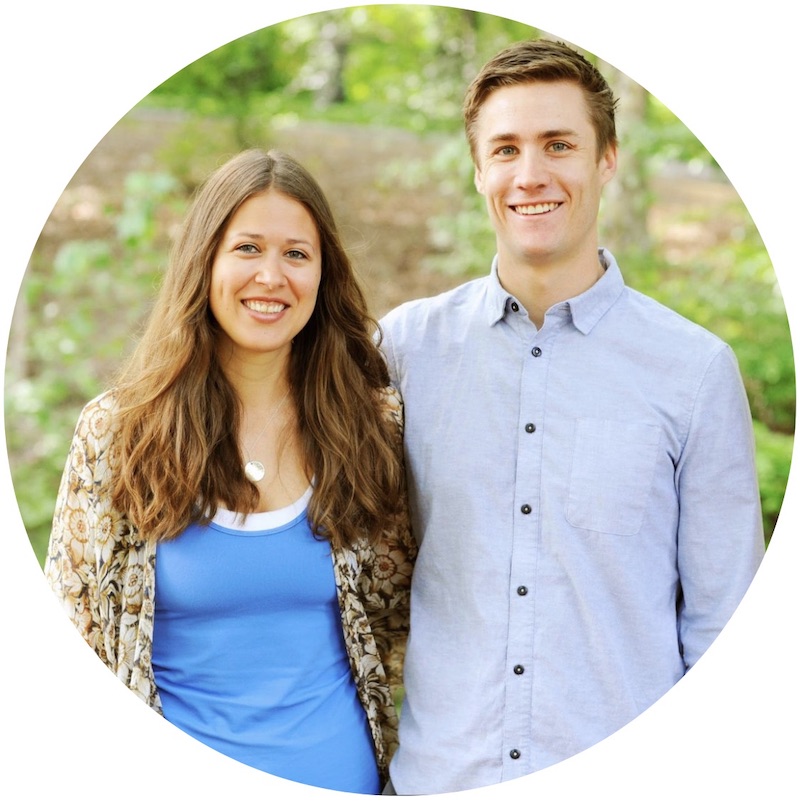
If you want to know more about Amanda and Ryan, the best thing to do would be to listen to an episode of their show The World Wanderers!
You can also find them on the following platforms:
- Blog: Theworldwanderers.com
- Instagram: The World Wanderers Podcast
- Youtube: The World Wanderers Podcast
- Also feel free to check out my interview with Amanda and Ryan on their podcast ⇒ Financials, Travel Planning, and Living in Taiwan with Mr. Nomad Numbers
Our Bottom Line
Here are the main lessons we took away from this interview with Amanda and Ryan:
- Lesson 1 – “To start designing a better life for ourselves we first have to find the courage to step off the treadmill […] Once you start living a life directed by your own goals and values a lot of the other stuff will fall into place” – Amanda and Ryan realized pretty early on that they would not be fulfilled with the traditional narrative of working for 40+ years at a 9-5 office job. And while they did not know what they were looking for, they made a huge leap of faith into the unknown to start exploring the world and find themselves. And while people called them crazy early on, this was probably one of the best decisions they could have made to put them on the path they are today.
- Lesson 2 – “Don’t rush the process, and just enjoy the ride!” – It took Amanda and Ryan a few years to find their ideal life and get quite comfortable with it. And while this is still a bit of a work in progress, they have been enjoying every single moment of it by savouring the entire journey rather than only focusing on a far away destination.
- Lesson 3 – “By not just relying on one job or one thing to bring in revenue it reduces stress and keeps our day to day work lives engaging” – Amanda and Ryan started with a podcast, teaching yoga, and freelance work as a way to diversify their income stream. That way if one fails, you still have backup options. This is a great way to diversify risk and also enjoy different types of work using different parts of your talent stack.
Sometimes we need to hear about others making unconventional decisions before we can have the confidence to make our own. If you have (or are on a path to) an unconventional journey to improve your life that has a nomadic component to it and is interested to share it, please reach out to us as we would love to consider your story for our blog.
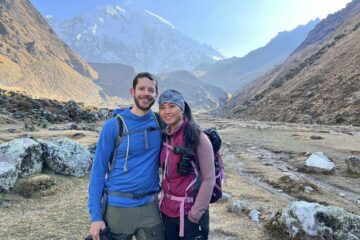
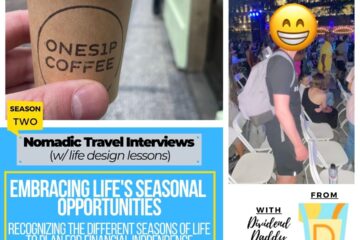
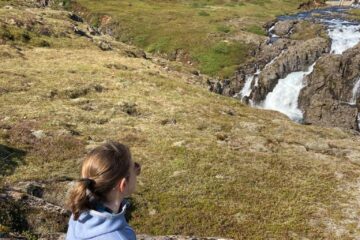
0 Comments